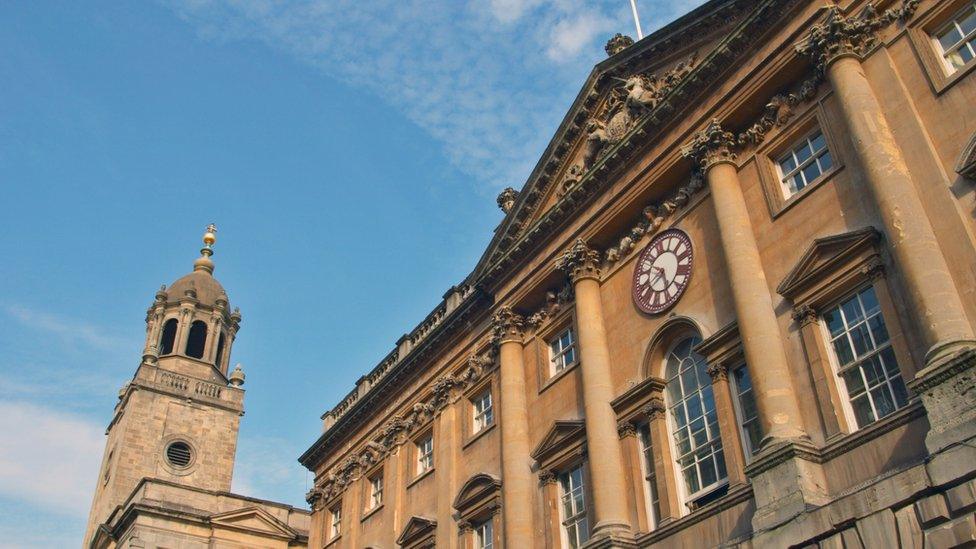More than 200 Welsh statues, streets and buildings have connections to slavery
- Published
- comments
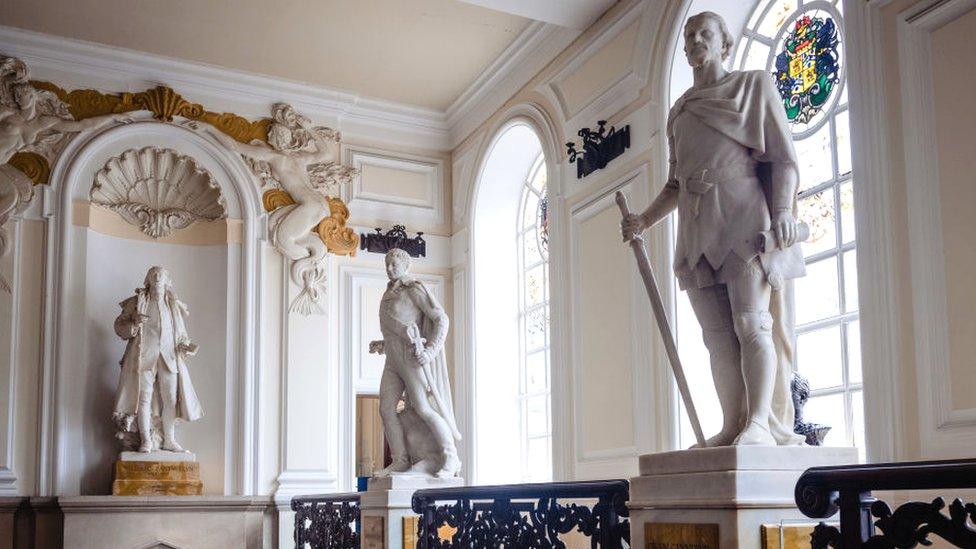
Sir Thomas Picton (pictured in the middle) was infamous for his treatment of slaves in the Caribbean.
More than 200 Welsh statues, streets and buildings have connections to the slave trade according to a new nationwide survey.
The survey was ordered by Welsh First Minister Mark Drakeford in response to the death of George Floyd in the US, and after a statue of Edward Colston was taken down in Bristol during a series of Black Lives Matter protests earlier this year.
The results of the survey showed that 209 monuments, buildings or street names had been built in memory of people who were directly involved with slavery and the slave trade, or who did not agree with the abolition of slavery - this means they didn't want the slave trade to stop.
Many of the statues had no information attached about the person's involvement in the slave trade.
"We must work towards a Wales which is more equal. " said First Minister Mark Drakeford. "To help us do this, we need a clear understanding of the legacies of the slave trade and the British Empire."
"This... provides important evidence which helps us establish an honest picture of our history." he continued.
What did the report show?
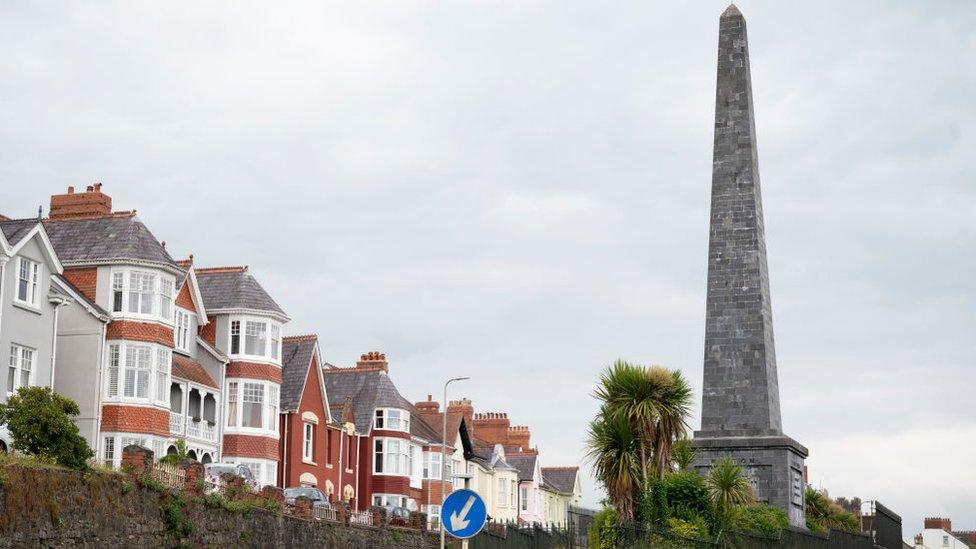
Another monument to Sir Thomas Picton in Wales.
Of the 209 statues, street names and buildings identified in the survey:
13 were of people who took part in the African slave trade.
56 were of people who owned or directly benefited from plantations or mines worked by slaves.
120 were of people who were against the abolition of the slave trade or slavery.
20 were of people who were accused of crimes against black people, especially in colonial Africa.
The survey was led by Gaynor Legall, who found that many of the monuments, buildings or street names identified did not have any information about the person's involvement in slavery or the slave trade.
Without this information the figures were shown only in a positive light as role models, without informing people of their negative actions in the past.
The research also showed there were very few Welsh people of Black or Asian heritage who had a statue, street or building named after them in Wales.
Not about "naming and shaming" but "learning"
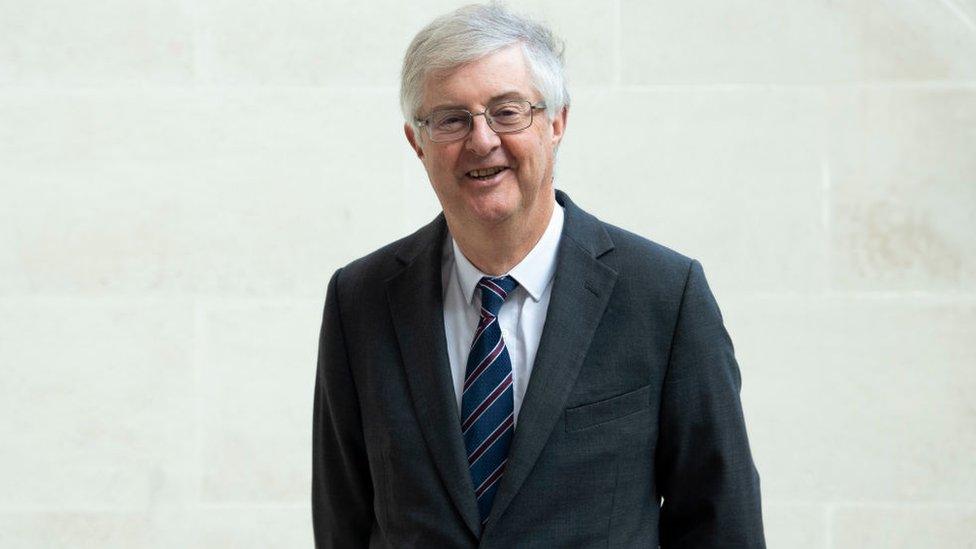
Wales' First Minister Mark Drakeford said this is the first step in their plan as they move to honour and celebrate more people from diverse communities.
First Minister Mark Drakeford said the survey was: "not about rewriting our past or naming and shaming."
He added: "It is about learning from the events of the past. It is an opportunity for us to establish a mature relationship with our history and find a heritage which can be shared by us all."
"This is the first stage of a much bigger piece of work which will consider how we move forward with this information as we seek to honour and celebrate our diverse communities." said Mark Drakeford.
- Published22 August 2019
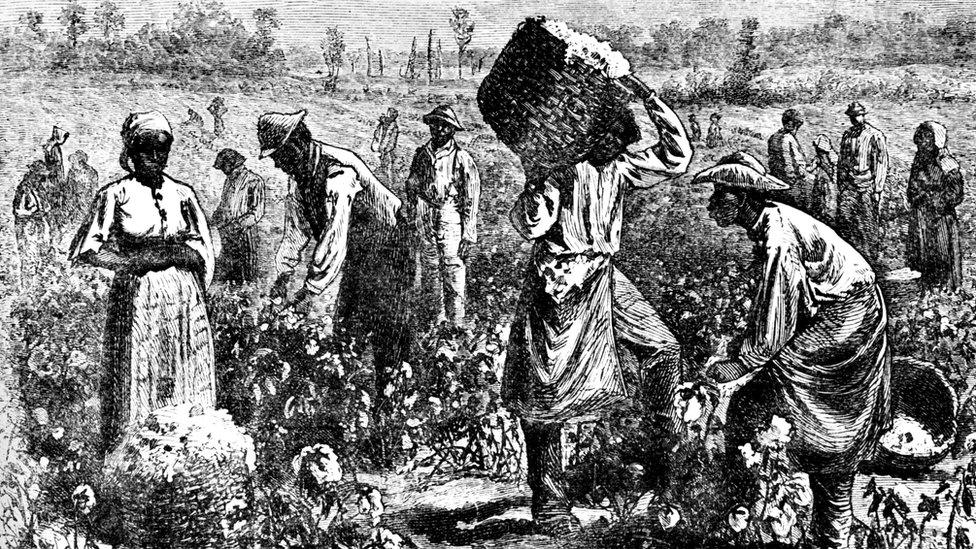
- Published22 September 2020
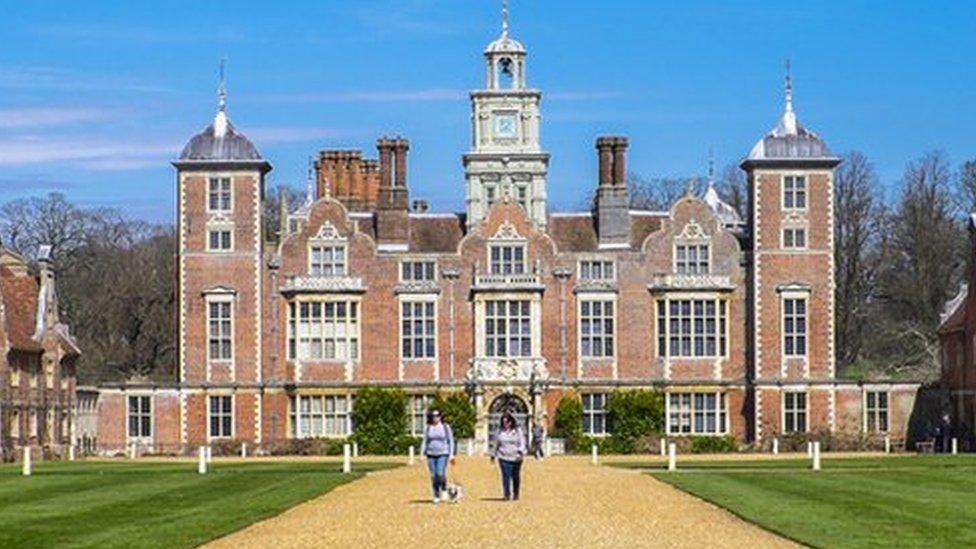
- Published26 September 2023
